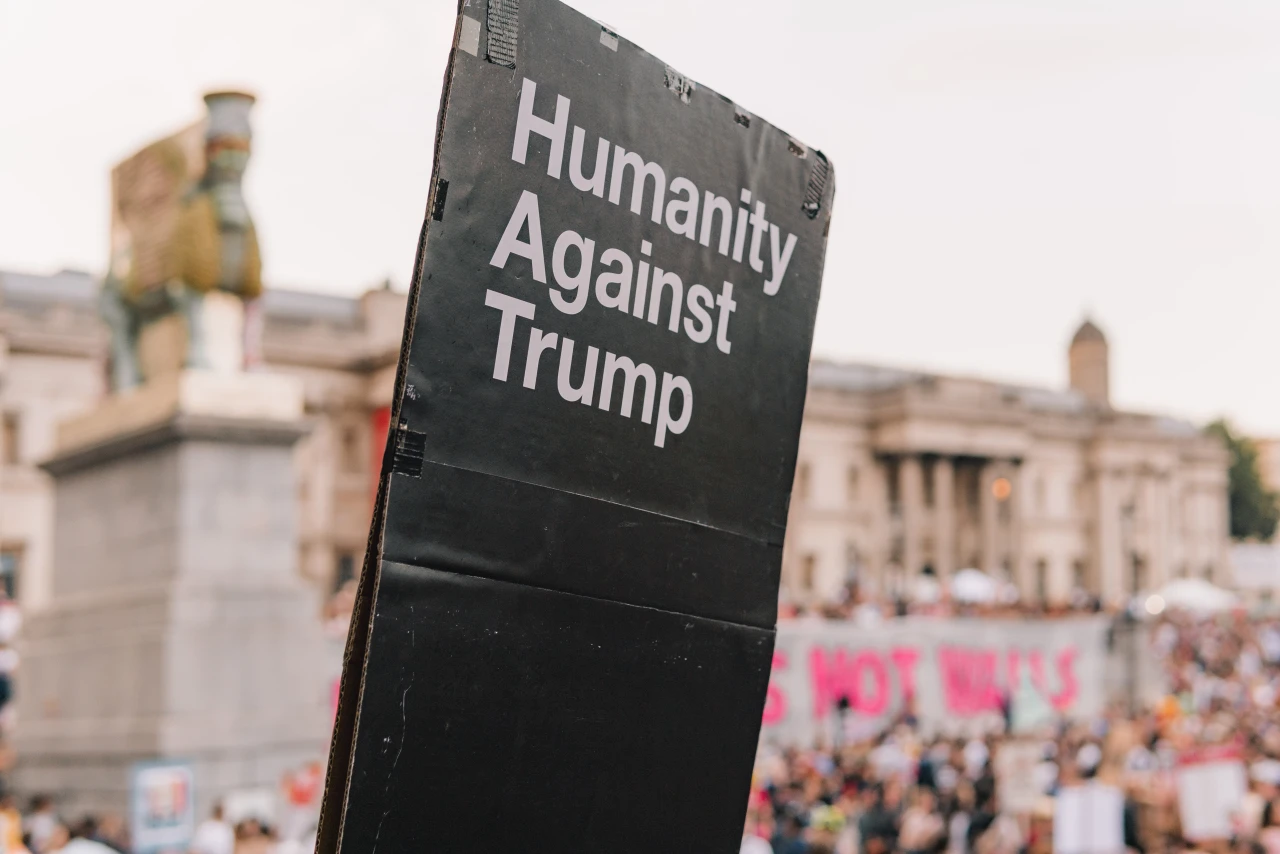The way The New York Times reported the story of missing documents says more about them than Trump
In January, the National Archives recovered a series of 15 boxes from Trump’s lavish club at Mar-a-Lago. Included in these boxes were items including letters that Trump exchanged with Kim Jong Un, the original note that President Barack Obama left behind in the Oval Office, and the map that Trump altered with a marker in order to make his ridiculous statements about a hurricane even more ridiculous.
All these documents have several things in common.
First, transporting them to Mar-a-Lago was a direct violation of the Presidential Records Act. Trump claims that the National Archives “willingly arranged” the transport of these documents. This seems extremely unlikely in light of the fact that the Archives has retrieved the documents, placed an inspector general in charge of determining how they ended up in Florida, and consulted the Department of Justice about the next steps.
Second, these documents are all famous. Or infamous. Either way, there’s no doubt that many of the items Trump carted away are exactly those which would have the most value if they were, say, put up for sale in a fast grab for cash through a dubious auction. The note from Obama. The letters from Kim. The map sharpie-modified map—these are documents that are absolutely iconic of Trump’s tenure.
But the other thing that’s become clear as this story rolled out is that, while the National Archives may not have known anything about Trump’s violating the law until recently, reporters at The New York Times have been in the loop from the beginning. They just didn’t share that with their readers.
Every time officials from the National Archives had to swoop in to reassemble a document that Donald Trump had shredded, the taped-together result was the physical documentation of a crime. The admission from members of Trump’s own staff that he was advised several times that his actions violated the Presidential Records Act makes it clear that he knowingly repeated this crime over and over.
Trump didn’t stop with shredding documents that came his way. He also reportedly ate documents sent to him by his then-attorney, Michael Cohen. And, as the public learned just today, Trump also regularly attempted to flush shredded documents down the White House toilets.
And that the public just learned of this today is a problem. Because reporter Maggie Haberman ofThe New York Times apparently knew this. The information only finally leaked because Axios got a copy of Haberman’s upcoming book. It’s news that Haberman was happy to own.
Trump should be grateful. Not just because this means that Haberman—already heavily criticized as a leading purveyor of “access journalism,” wherein a friendly relationship with the subjects of her interviews is more important than informing the public, and as an open conduit for spreading false stories seeded to her by her contacts within the Trump White House—demonstrated that her own judgment was so poor that it threatened to overshadow Trump’s genuine felonies.
The reactions of other journalists and analysts were … not exactly kind.
And this little tidbit that Haberman saved to spice up the pages of her book raises some serious questions about all of her reporting over the last five years.
And it certainly throws into doubt everything about The New York Times reporting of the documents Trump took to Mar-a-Lago and how they should be handled.
For one thing, there’s the treatment that the Times has given this story—a story about Trump removing physical documents from the White House and illegally transporting them to his home, including documents that are likely to be classified.
Then there’s how the Times reported the story itself:
The department and the FBI also still have significant scars from its investigation into whether Mrs. Clinton mishandled classified information, as the bureau was accused of unfairly tarnishing her and interfering in the 2016 election.”
That’s right. The DOJ would have a hard time prosecuting the story that The New York Times is downplaying because it spent too much capital on the story that The New York Times pressed relentlessly. Funny how that works.
And then there’s the story that Haberman herself wrote on Monday, which portrays the contents of the boxes as something that ended up with Trump accidentally after aides packed up and made “a hasty exit.” This was, according to Haberman, another example of Trump’s “lack of strict adherence.” Which might otherwise be known as simply breaking the law.
In the end, the Times is left reporting that what Trump did was the result of just poor planning, would be almost impossible to prosecute, and would be way too political. Also, darn it, there are parts of the story that they, or at least their reporter, knew months ago, but didn’t bother to share. All of this is infinitely compounded by how the Times treated stories around Hillary Clinton’s email. That top left page in the images above—the one where every single inch of the front page is devoted to this huge news—that’s the story about the possibility of finding more Clinton emails on Anthony Weiner’s laptop. Not only was it given the full front page a week out from the election, a third of that page was given over to Trump so he could weigh in on the story.
That’s not bad journalism. It’s not even journalism.

